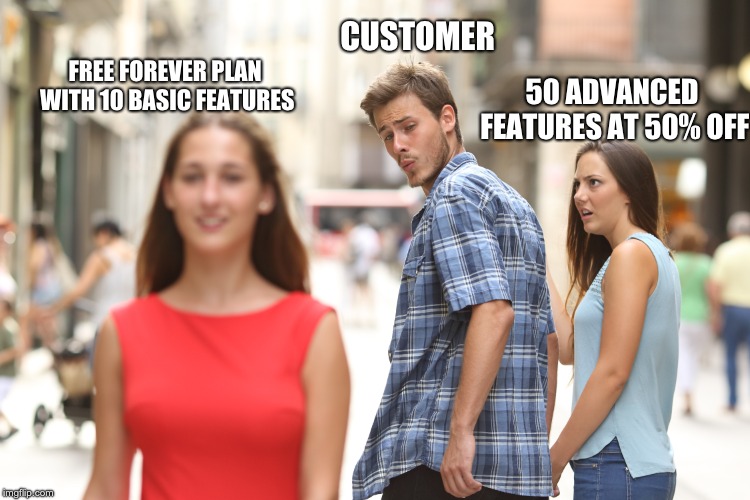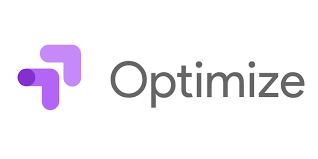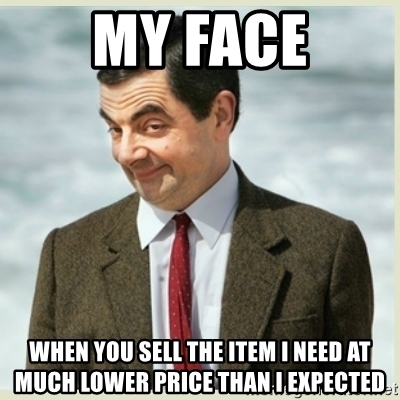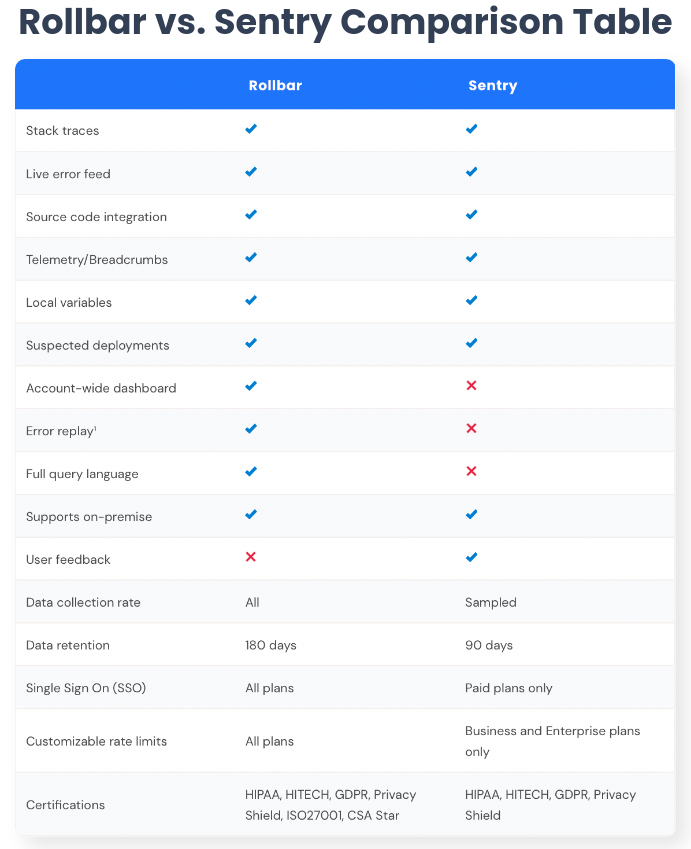If you can create WordPress plugin that gives additional value to the users, you can monetize that value into passive income stream. There are several pricing models and which one you pick can determine the future of your business and income stream.
WordPress ecosystem is rich, and there are a plenty of possibilities to build a business from a single plugin. E-commerce and Crypto are areas that exploded in recent years, and there will be always an opportunity. All you have to do it to observe and when you have an idea, deliver fast, validate, grow and iterate.
At some point you will have to set a price for your plugin. Not a straightforward task, I know.

Pick right price model for your business
For WordPress plugin business, there are two basic pricing models:
By Price:
- Free – If you want to put your idea to the test, this model can be useful for the start. The users can give you valuable feedback and you can increase the quality of the plugin. This model is not sustainable for plugins that want to grow. Only small plugins, which do not demand development, can remain free for a long period.
- Freemium – is cohesion between the free and premium model. The basic set of features is free, while you charge for the premium plugin version. This model is very popular, and we can also recommend it because it’s giving high visibility trough the WordPress plugin section. This is a free promotion and it can lean you to more potential customers.
- Premium – To pick this model without free version, you need your own market, or you can sell on the specialized sites that will cut off your profit. What is better for your plugin depends on how much you can invest in building your product brand.
By Purchase type:
- Subscription – we charge periodically and in return, the customers get plugin updates and customer support for the subscribed period. This is a common model in SaaS, and more often in WordPress world. This scalable model can ensure your success if you continuously improve your product and give quality support to your customer.
- Lifetime offer – User pays once and uses your plugin forever. We can see this model on WordPress marketplaces, where they combine lifetime license for plugin and subscription model for a customer support. Some plugins offer lifetime plugin and lifetime support, but we have to warn you that this model can be unsustainable and potentially ruin your business. More customers means more support needed. Make sure that your income stream can support growing customer base. Our opinion is that subscription model is more scalable. When plugin has a lifetime license, we recommend keeping the subscription model for a support. Recurring revenue is the air for your small business.
There is no limitation in mixing the purchase and price types. You can have:
- Freemium with monthly subscription
- Freemium with monthly subscription and lifetime offer
- Premium with annual subscription.
- Premium with lifetime offer.
- and more
You need to decide which one suits best for your WordPress plugin. For most WordPress plugins, “freemium with a yearly subscription” is a sustainable option. In case you push a lot of changes every month, and bring additional features so frequently you can go with monthly subscription, but if sounds more realistic that you can deliver a few times in one year, pick yearly subscription model.
Find your sweet spot price
The sweet spot is the price value that can generate squeeze the most money from your product. Often higher prices, but fewer sales lead to higher profit, but if you push the price higher than the sweet spot, you can end up will fewer bucks in your pocket. We can apply the same for lowering the price: the low price can lead to more sales but at the bottom line the profit will suffer.

How to find a sweet spot?
There is not another way to find a sweet spot, but to test.
The first step in defining a sweet spot is to check out the price ranges from your competitors. The prices you have after that step are just the starting point for the next step, which is crucial. That step is testing the market, and by market, I mean your leads/customers. They are people in your mailing list interested in your product, or your web page visitors.
AB testing to the salvation.
What I would suggest is to create A/B testing pages and try out a few price ranges. You can go to the extreme at your prices because you never know how many people will pay for a service that is valuable for them. That is why you need to be open-minded and brave. The Apple company overprices their products, and people still buy them. The reason is when people buy they use emotions; they are not using the rational part of the brain.

For, AB test, we recommend you Google Optimize.
Optimize allows you to test variants of web pages and see how they perform against an objective that you specify.
How much to charge?
The ideal way to find your true price value is by testing your prospects. The market directs how much you can charge.
Let’s say you have two prices you want to test: $200 and $20. Your A/B testing can lead to one of the following results:
Lower price gives higher revenue

If you can sell 5 copies for $200, that makes your revenue $1000. Selling 100 copies for $20 will give you $2000 revenue. If this is a case, $20 is your potential sweet spot price. Next step is to do more testing for price range around $20 ($10, $20, $30) to find your sweet spot. Iterate the process until you get the similar results from both prices. That way you know you are in the sweet spot price zone.
Higher price gives higher revenue
If you can sell 15 copies for $200, that makes you $3000 in revenue. If testing shows you that for $20 price you can get 50 customers and $1000 revenue. In this example, $200 is a winner, and just like in the previous case, iterate testing around the winning price. Go higher with the price until you get the worse results. That way, you will find the highest price you can charge and squeeze most juice from your product.
What to do when revenue is the same?
What you should do when the revenue for a high price is the same as the revenue for a cheap price?
For $200 price you can sell 10 licences and get $1000 revenue. For, $20 price you can sell 50 licences which make $1000 revenue. So what is better?
First, I would suggest to test out other price levels, and if still you have similar results, I would suggest the higher price. The customer support for 10 people is less work compared with customer support for 500 people. When your business grows, your customer base will grow more when the price is lower, and that will leave you with a lot of customers seeking for attention. People who pay less are more demanding and harder to satisfy than customers in higher pricing levels.
Ideal price model can be tested too
We can use the same principle I described above about how to find a sweet spot in price value for pricing models, too. You can test monthly subscription vs lifetime license vs annual license and pick what’s working better for your product.
You can change your pricing models even for mature products. Test first and apply when results satisfying your expectations.
Do not think that once set up price model, and price value means you use that for the rest of your product life. You can test on a small portion of your audience and when you find the best model and price, apply that to everyone.
Price anchoring for more profit
The price anchoring is a psychology technique to make an influence on customer decision. There is no cheap or expensive product, it depends on the customer’s perspective. With anchoring, your goal is to make an intervention in customer’s perspective.
Price drop
Every time you see $200 -> $155, the $200 is anchor price, and its purpose is not to sell but to establish a pricing point that customer can refer to when deciding. When you giving a price discount, you will show the discount percentage. Show the “before” price, because you know how much the anchor is important.

It’s in human nature to follow the crowd
It’s in human nature to follow the crowd. If you have three price plans, most people will buy the middle one, not the most expensive and not the cheapest.
People will follow the most popular label
If you tag a middle plan with “most popular” label, you will influence even more on a customer’s decision to buy that one.
Use price as the anchor
Sometimes creators create plans that are too expensive just to make another plan more favorable. That is exactly what “Grammarly” is doing with monthly plan which is just an anchor. Who would pay $30 for one month, when you can get 3 months for a double. And who would pay $60 when for double price you get four time longer periods to use the app.
In this example, the monthly plan is just an anchor, with a major role to make other plans more favorable.

Show the price per month, not the annual. Less is more attractive
Also, notice how smart they point out the price per month, even when the plan is to charge you $144 at once. Learn from them and show the price per month to make your price look more attractive
Compare your price with competitors
If you have a competitive price, you can make a comparison with your more expensive competitors. You could also create a feature list comparison with your competitors to show user what they can get for fewer bucks.
This is how Rollbar pointed out they competitive advantages over Sentry.

Conclusion
As you saw, the only way to find the right price and pricing model for your product is to test it with real customers. There is no other way. Use anchoring smartly and your profit can go to the moon.
P.S.
The License Bridge can help you create your pricing plans and integrate with payment provider like Stripe or Paypal. Check out what else we can do for you on our special promo launch page.